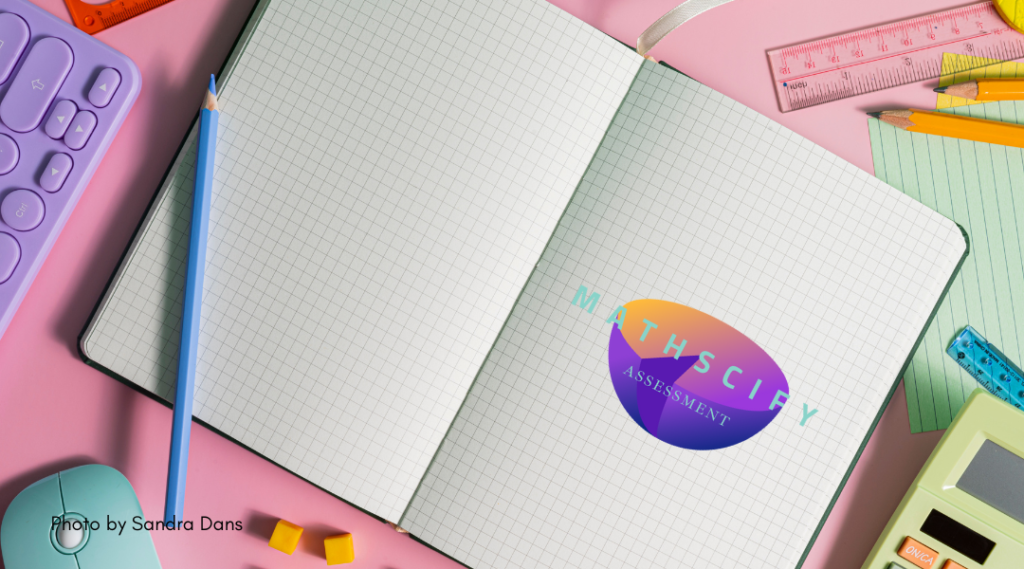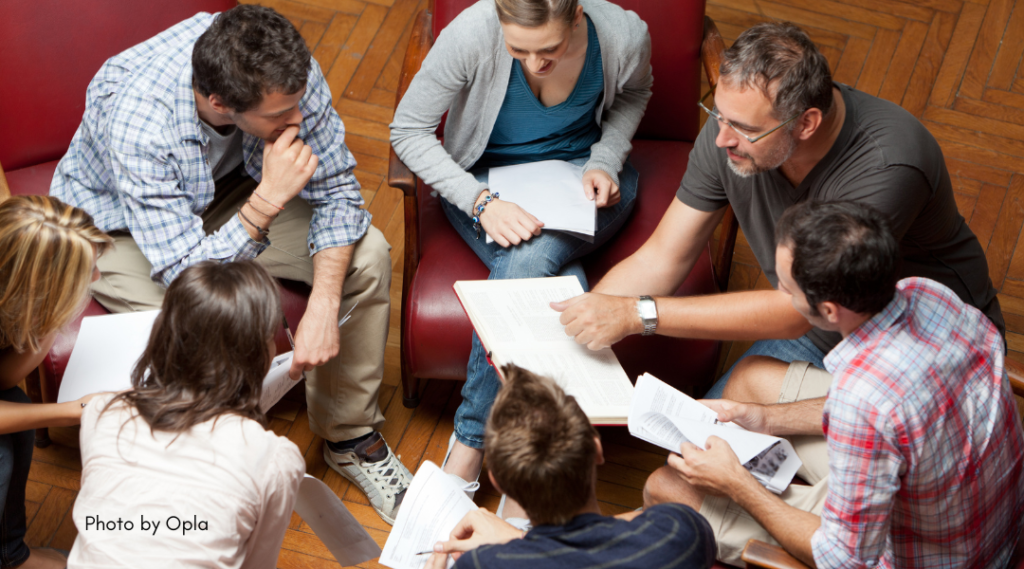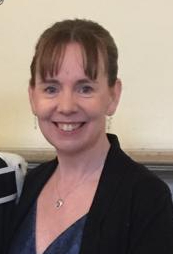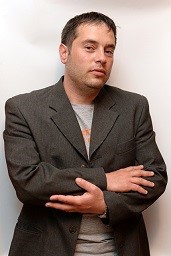
The R&D Community on Science and Mathematics Education aims to generate fruitful discussion between teacher educators and researchers interested in science and mathematics education. We learn from each other’s experience, become part of a network of colleagues extending throughout Europe and beyond, and we carry out research either individually, in small groups, or as a team.
Members have also participated or are participating in several projects.
Developing constructivist approaches to teaching and learning science and mathematics.
Assessment of key mathematical and science skills
Prospective teachers’ meanings for and representations of the ratio concept.
Teachers’ and student-teachers’ pedagogical content knowledge.
Concept development and problem solving for teachers and student-teachers.
The use of IT in the education of science and mathematics teachers.
Preparing to be a science or mathematics teacher: a comparative study.
Mathematics teachers’ and student-teachers’ mathematical identities.

MATHSCIFY
INNOVATIVE FORMATIVE ASSESSMENT IN MATHEMATICS & SCIENCE EDUCATION
Mathscify is a research‑informed initiative offering a rich toolkit of high‑quality, multilingual tasks designed for formative assessment in mathematics and science (ages 3–15). Developed through collaboration between teacher educators and researchers, it empowers teachers to embed assessments seamlessly into everyday learning, using problem‑posing, reasoning, and communication tasks to build critical numeracy, scientific thinking, and learner confidence. With a repository of task cards targeting understanding, connecting, reasoning, and communicating skills, Mathscify supports differentiated instruction and portfolio building, while enabling student self‑expression through multiple representations. It continues to evolve and now provides tasks that use Content and Language Integrated Learning (CLIL) to combine the teaching of mathematics and science – the “content” elements – with simultaneous development of skills in a target language. For more details click here.

REPRESENTATIONS OF RATIO
BY SCIENCE AND MATHEMATICS TEACHERS AND PROSPECTIVE TEACHERS
This project started at the 2011 conference. It initially dealt with prospective teachers. There were two central research question: the first asked what were prospective teachers’ representations of ratio, and the second focused on how these representations were similar and different between primary, secondary mathematics, and secondary science prospective teachers. Papers were presented at the annual conferences of 2012 to 2015, while another contribution at the 2016 conference that may lead to further work in the area. For more details, click here.

THE PEDAGOGY OF CRITICAL THINKING IN
MATHEMATICS AND SCIENCE
At the 2008 conference, the group started work on a project intended to address the role and pedagogy of critical thinking in teaching and learning K-16 mathematics and science. Individual papers were presented at the following annual conferences. For more details, click here.

PREPARING TO BE A SCIENCE OR MATHEMATICS TEACHER
A COMPARATIVE STUDY
After the 2004 conference, data collection started on a project intended to provide us with insights into each other’s teacher education courses. Work was carried out in-between and (in particular) during subsequent meetings, and a paper summarising the work was finalised after the 2007 conference. For more details, click here.

TEACHER THINKING AND
CONCEPTUAL CHANGE
In 1995, topic-specific subgroups were formed: one for mathematics, one for physics, one for chemistry and one for biology. The members of each subgroup also worked together on a common research project on preservice teacher thinking, which was using Shulman’s (1987) framework of content knowledge and pedagogical content knowledge.
In-between annual conferences, the groups communicated through emails or face-to-face meetings. Reports were presented at the conferences, and papers were published in the European Journal of Teacher Education, as well as in other journals and conference proceedings. For more details, click here.

Lorraine Harbison
Dublin City University

Milan Stojkovic
Heidelberg College, Heidelberg
Want to find out
more?

-
Investigating Representations of Ratio among Prospective Mathematics Teachers: a Study of Student-Teachers and Students of Mathematics in an Irish University
943.00 KB | Download File
-
Developing an instrument to explore mathematical identity: A study of students from several third level institutions in Ireland
10.49 MB | Download File

